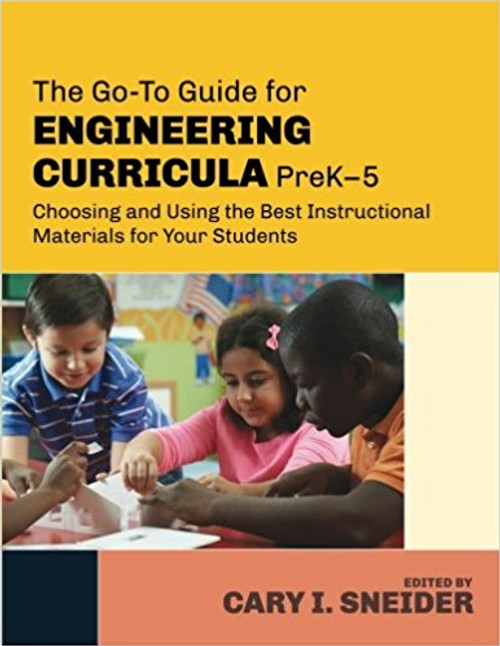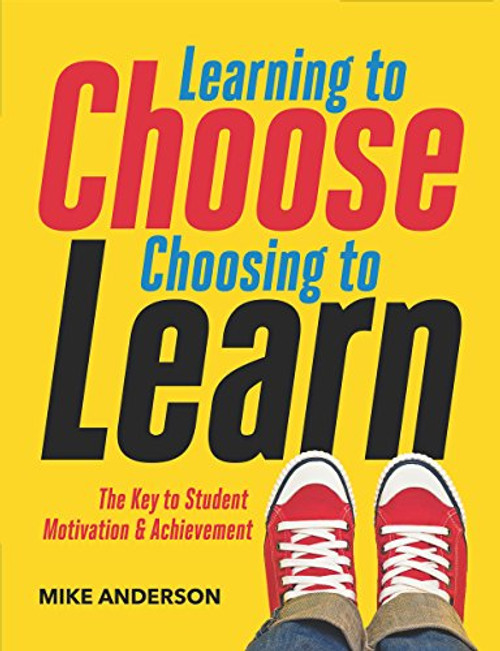Product Description
How to engineer change in your elementary science classroom
With the implementation of the Next Generation Science Standards, your students won’t just be scientists—they’ll be engineers. But that doesn’t mean you need to reinvent the wheel. Respected science educator Cary Sneider has done the groundwork for you, collecting a full range of time-tested curriculum materials to seamlessly weave engineering and technology concepts into your math and science lessons.
In this volume, you’ll find descriptions of instructional materials specifically created for—and tested in—elementary science classrooms. Features include:
A handy table that takes you straight to the chapters most relevant to your needs
- In-depth commentaries and illustrative examples that demystify engineering curricula at the PreK-5 level
- A vivid picture of what each curriculum looks like in the classroom, the learning goals it accomplishes, and how it helps address the NGSS
- More information on the integration of engineering and technology into 21st-century science classrooms—and why it will make a difference
One of the most well-respected science educators in the country, Cary Sneider was an NGSS Writing Team Leader and is an associate research professor at Portland State University.
Key Features:
- Assembles under one cover a collection of in-depth commentaries and illustrative examples that demystify and bring to life the quality existing K-5 Engineering curricula that meet the NGSS Grade Standards for elementary education
- Provides a complete description of the program written by the currriculum PI that describes what their curriculum looks like in the classroom, what learning goals it is intended to accomplish, and how it will help teachers address the Next Generation Science Standards.
- Each chapter describes one set of instructional materials, usually modules for the elementary school
- Author Cary Sneider is one of the most respected Science educators in the field and is well known for his ground breaking work in this area.








